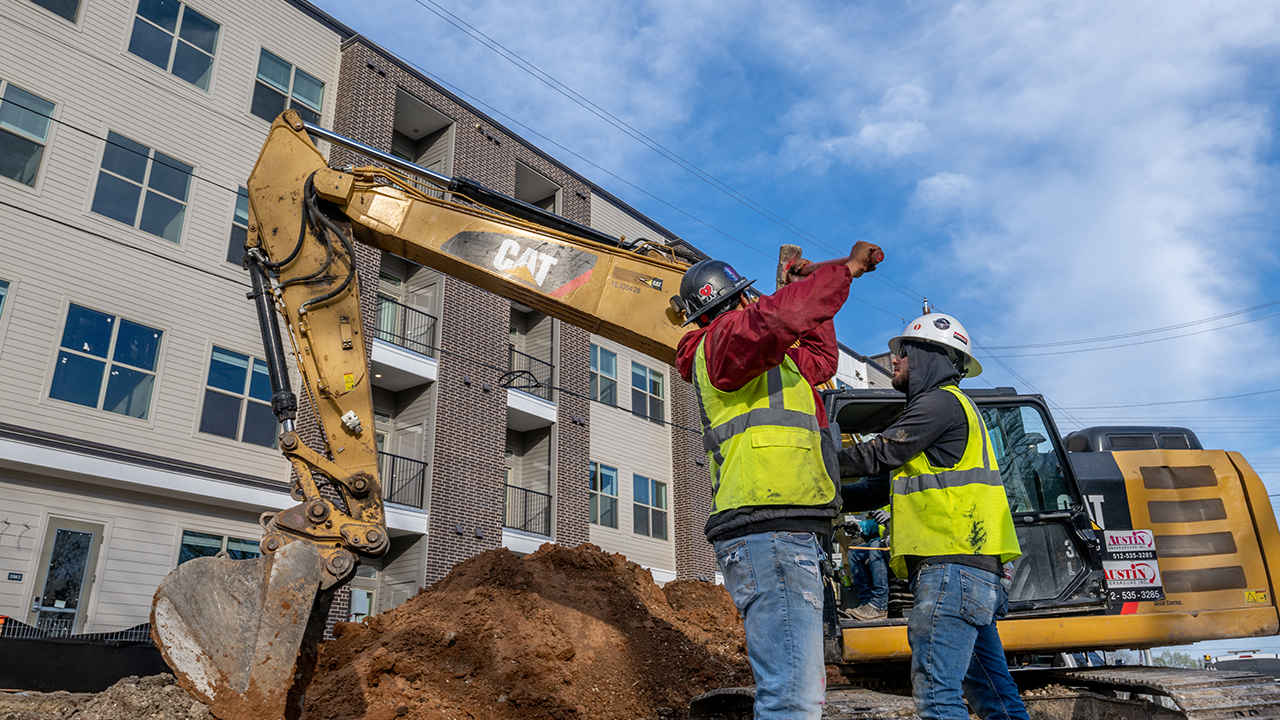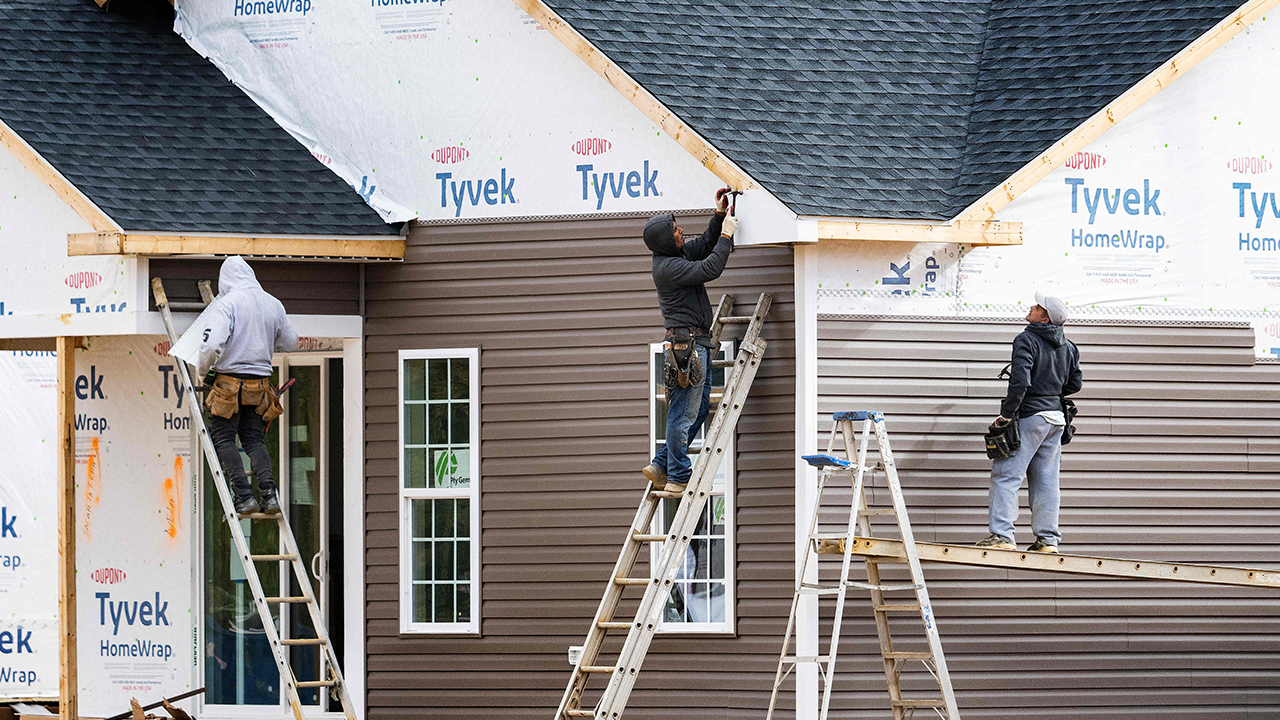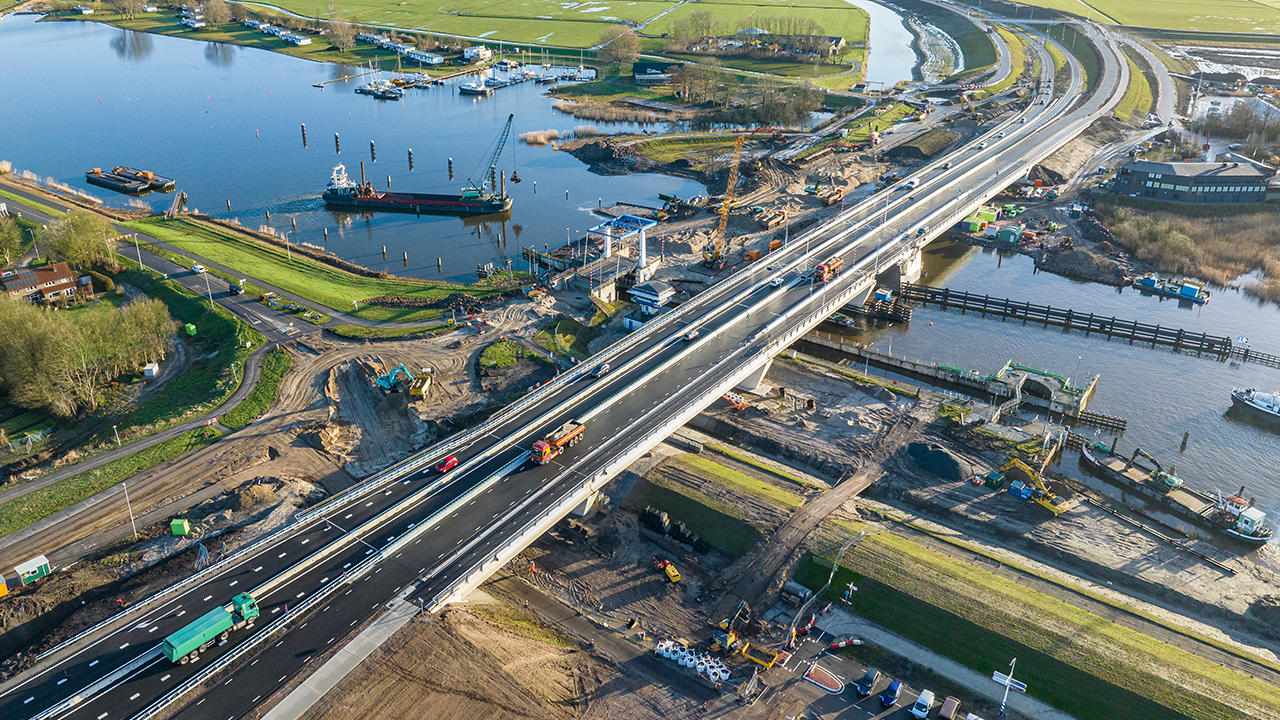AI pioneers expect safer roads, construction sites with the help of new technology
AI experts believe the technology will make people's daily lives and jobs safer
AI pioneers like Nexar's Eran Shir believe the technology is a game changer for making the world a safer place
Companies like Safeguard and Nexar are using AI to prevent tragedies before they happen in every jobs and activities.
Speculation about artificial intelligence (AI) has centered around fears that it will replace human jobs with computers, but some experts in the field believe AI will only make people's daily lives and jobs safer.
Companies like Safeguard AI, whose technology is designed to predict and prevent construction accidents before they happen and Nexar AI, which developed a system that shares a real-time, 3D view of our roads to develop a safety network that prevents car accidents, believe AI is going to revolutionize every day jobs and save lives in the process.
Izahk Paz, the CEO and founder of SafeGuard, said his goal is always to put people at the center of what he does because he believes technology should be used to benefit humans, both from a life-saving and economic perspective.
"Our main purpose is to serve the worker to make sure they are coming back home to the families," he told Fox News Digital in an interview. "The subcontractors, the general contractor, development insurance companies, everybody, to create value around human beings and human life and definitely deliver the dollar amount of value to it as well."

Falling from heights and getting hit by falling objects are the two most common ways construction workers die on site, according to Paz. (Photo by Brandon Bell/Getty Images)
At job sites around the world around 75 people die on a daily basis, according to Paz, which he said has a $1.25 trillion impact on the global economy.
"Specifically construction in the U.S., we have another 150,000 people get injured every year and about 1,000 people lose their life in construction sites," he said. "That's a massive burden on workers and their families and companies and it's costing the US economy over $13 billion every year."
Paz said he and his team used AI to advance the way data is utilized by creating a central platform to develop the best ways to employ technology that eliminates the problems that lead to deaths of construction workers. This includes surveying workers attendance, their behaviors and the equipment on site, including issue management, risk assessment and pretest planning.
"We use smart cameras that basically provide identification of risky behavior … to bring data to the platform," he explained. "So we have the modularity to touch all the aspects of construction, we have an open platform that integrates with third party software and capabilities to have all this data combined in one place."
The data that is collected is used to identify patterns that can trigger and alert a response or activity to the user interface, which sends a preemptive measure designed to prevent incidents.
Falling from heights and being struck by a falling object are the two most common ways that construction worker die on site, but Paz said Safeguard's technology is designed to prevent anyone from ever getting in that situation in the first place. In five years, Paz said Safeguard has been able to decrease the incident rate of its portfolio by 70%.
"The construction companies comes to us because they see that we understand their needs and the technology is designed bottom up from the field," Paz said.
Technology hasn't always delivered on what it promised to do, but Eran Shir, the co-founder and CEO of Nexar, believes his company, which has used AI to piece together a holistic, real time understanding of roads and infrastructure will help make the streets safer for everyone by preventing traffic accidents and unforeseen circumstances.

Safeguard's CEO said people are at the center of what the company does because he believes technology should be used to benefit humans and in this case, save lives. (Photo by JIM WATSON/AFP via Getty Images)
"The reason why we started Nexar was because we felt this massive dissonance between what the (tech) industry promised us and what actually happens in reality," Shir said. "The industry, think 2015 and around that, promised us autonomous vehicles, no collisions … and what we got instead is more and more collisions, more and more fatalities."
"If you look at the statistics of car collisions from 2010 to 2020, you'll see an upward graph and you're like, what gives? What's going on here?" he added.
AI TECHNOLOGY UNLIKELY TO FULL REPLACE FINANCIAL ADVISORS: MORNINGSTAR
"Imagine what you could do if you could see every intersection in America, every second, how you could prevent collisions, how you could create smart cities, how you can find a parking spot," he said. "There are so many use cases that get unlocked once you get into a tipping point of data and AI."
Shir admitted that there needs to be an honest conversation about privacy because there are companies that can accomplish nefarious things if there isn't discussion around what data is fair game, especially when it comes to privacy and anonymization versus security and public good.
He said Nexar is careful to anonymize all data, including cars, pedestrians and license plates when its cameras detect 60 different classes of objects, including traffic signs, stop lights, potholes, parking spots and construction elements.
Shir explained that the technology currently deployed in vehicles is only prepared to handle the next one or two seconds of your life.
"What I mean by that is you have cameras and radars on your vehicles, you're behind a truck, that truck gets into a chain collision on an icy road and you have one second to react, two seconds if you kept your distance and that's just not enough to make an impact," he said.
With the help of AI and cameras, Nexar has brought the technology into a single network that he said can help everyone.
BEST LOCATION FOR AI JOBS IS LONG-TIME TECH HUB, REPORT SAYS
"Our point of view was, what if we make those two seconds become 30 seconds?" he added. "But how do you do that? The truck prevents us from seeing what's happening 30 seconds ahead, unless you network everyone together. If there is another vehicle that is 500 yards ahead that see's what's going on and he can communicate back to me in real time and tell me, ‘Hey, I'm getting into a car collision, slow down' or ‘There is a truck running a red light,’ 'There's ice on the road,' you could actually handle it."
In order to accomplish that, he said Nexar is working to expand how many cameras it currently has monitoring the roads, which allows them to actually see what's going on to communicate and share information in real time.

Nexar's technology detects pedestrians, cars and license plates, as well as 60 different classes of objects, including traffic signs, stop lights, potholes, parking spots and construction elements. (Photo by Sjoerd van der Wal/Getty Images)
"Basically everywhere where one of our drivers is driving, his camera is contributing to the greater good," Shir said.
"This kind of kumbaya vision is what drove us and what continues to drive us," Shir said. "Fast forward to now, we are seeing over 200 million miles of road every month. We are seeing, for example, all of Manhattan every 5 minutes."
"That is the opportunity that exists today and that will materialize over the next few years when it's really about crowdsourcing and deploying cameras on the one hand and the exponential advancements of AI that unlock more and more use cases that tell you more and more things about the world in real time," Shir said.
In the event that a crash does occur, Shir said Nexar's collision reconstruction technology could be used to settle a claim with an insurance company by creating a full 360 scenario of the collision to determine who is at fault for the crash.
CLICK HERE TO GET THE FOX NEWS APP
"We do that instantly, like within a minute of a collision," he said. "The insurance company, of course if you give them permission, could have access to it and within 5 minutes, the whole story is gone."

